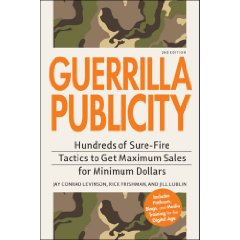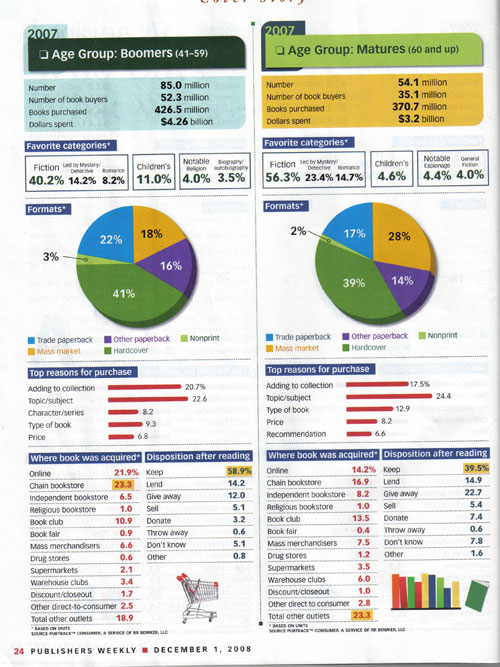Learn Something New
The easiest course of action is to continue doing things in the same old way that you have been doing them. Most of us resist change and growing and learning yet in the long run, I've learned that change will often lead to something better for my business, my writing and my life. I'm constantly recommitting myself to learning something new and growing.
That change can be something simple or it can be something complex. For example, this morning, I figured out how to use a little Word document to add my return address in the perfect spot for a Priority Mail label from the U.S. Postal Service. Several weeks earlier with experimentation, I created a document that I've been using for the regular label but I had not worked out the exact spacing for the return address.
On my first attempt the return address was not in the right place on the label. I returned to the drawing board and repositioned the label and tried again. After several attempts, I located the perfect position for my printer and equipment. I've saved this little file and will use it over and over in the months ahead.
Admittedly I would have been easier to continue in my old pattern and not change but because I made a little effort to get this detail right, I can use the changed file repeatedly.
Another example relates to my new book, Jumpstart Your Publishing Dreams, Insider Secrets to Skyrocket Your Success. One of my most popular free Ebooks is Straight Talk From the Editor, 18 Keys to A Rejection-Proof Submission. I wrote this Ebook before I ever conceived of writing my new book. At the end of Straight Talk, I include information about some of my other books. The easiest course of action is to leave that old manuscript and not change anything. Instead I took the harder course of action. I pulled up the document and rewrote several sections to include links to my new book. Then I changed the Word document into a PDF and put it into the right place online so people will receive the revised version. In order to successfully accomplish each step, I've had to how to handle these technical details. Yes, I could have a webmaster or a technical co-worker where I send such issues. I did that type of action years ago and I often waited around for them to handle something simple that I could accomplish in only a few minutes.
The projects that you will work on for your writing life will be completely different from my examples. My encouragement is to continually escape your comfort zone and keep learning new skills. It is not easy but I'm convinced in the process, I continually grow to be a more valuable member of the publishing community with each accomplishment.
Labels: change, Jumpstart Your Publishing Dreams, learning, Straight Talk From The Editor





























